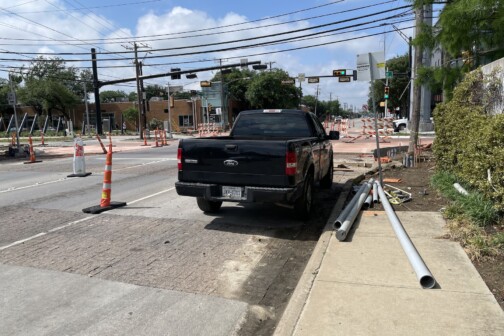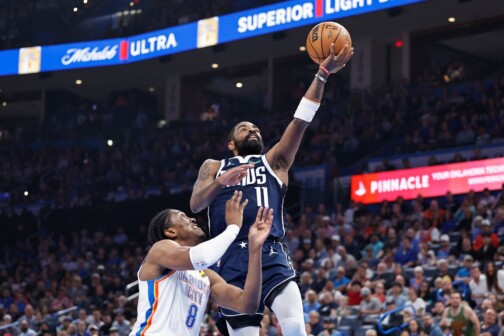Austin and Houston are now engaging in the same light-rail transit battle we enjoyed 20 years ago, and opponents are getting plenty of ammunition from the low performance of the Dallas system. Their most piercing criticisms come from data reported by the News’s Michael Lindenberger in June (liberated from the paywall, scroll down at the link):
A Dallas Morning News review of passenger data from the past 15 years shows that despite massive promotion and billions in tax dollars spent, most of DART’s rail stations serve fewer people now than when they opened.
DART’s ridership projections have time and again proven wrong — massively wrong.
In 2007, DART budget writers predicted that by 2012, the Green, Blue and Red lines would combine to provide 45 million passenger trips per year. Last week, [CFO David] Leininger told the agency’s board that he’d be pleased with half that many.
That is a miscalculation of approximately 100 percent.
Back to the point of ridership being lower than when DART began, neither Lindenberger nor DART officials give an explanation (perhaps they have in other forums).
I speculate that the reason may be that we are subsidizing two forms of transit in competition with one another: more roads and light-rail. Think of all the roads and interchanges that have been built in Dallas-Fort Worth in the last fifteen years. Roads are just as expensive as rail from a subsidy standpoint; all highway user fees, including the gas tax, pay for only 51.72% of highway costs. The more roads, the more drivers, as countless studies have shown. The more drivers, the fewer DART riders.
But with roads, there is a subsidy on top of just building them. As Jon Huntsman pointed out in the last Republican debate, the true cost of a gallon of gas is about $13 when taking into account the vast military and diplomatic costs of protecting foreign oil imports, such as keeping the sea lanes open, as well as environmental costs (this study says $15.14 a gallon).
What we need is a dollars-to-dollars mileage and usage comparison between the two transit choices. If one exists, I hope a commenter will link us to it. In the meantime, it seems foolish that Dallas and Texas continue to spend huge amounts of money to serve the same customer — the poor sap who just wants the easiest way to get to work.





